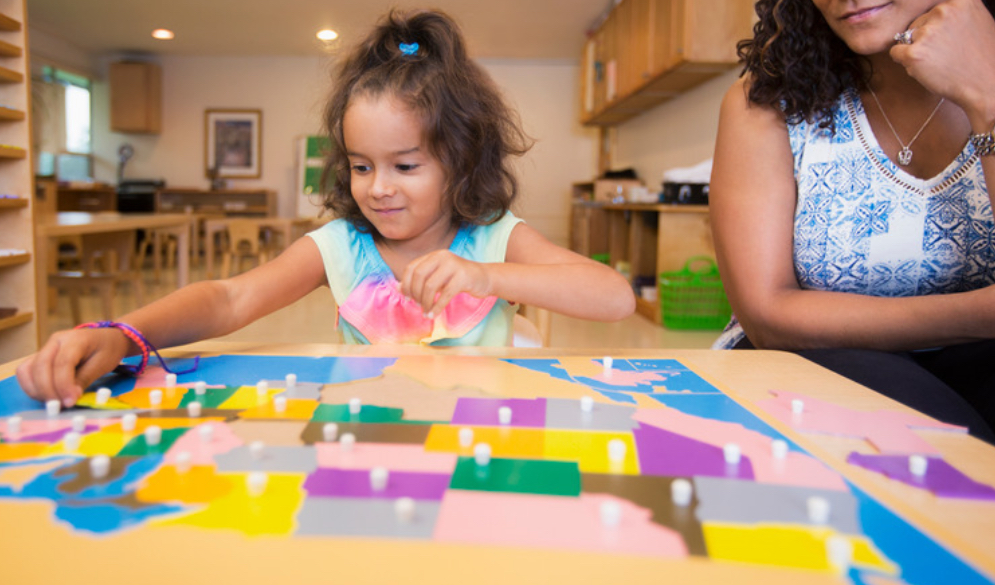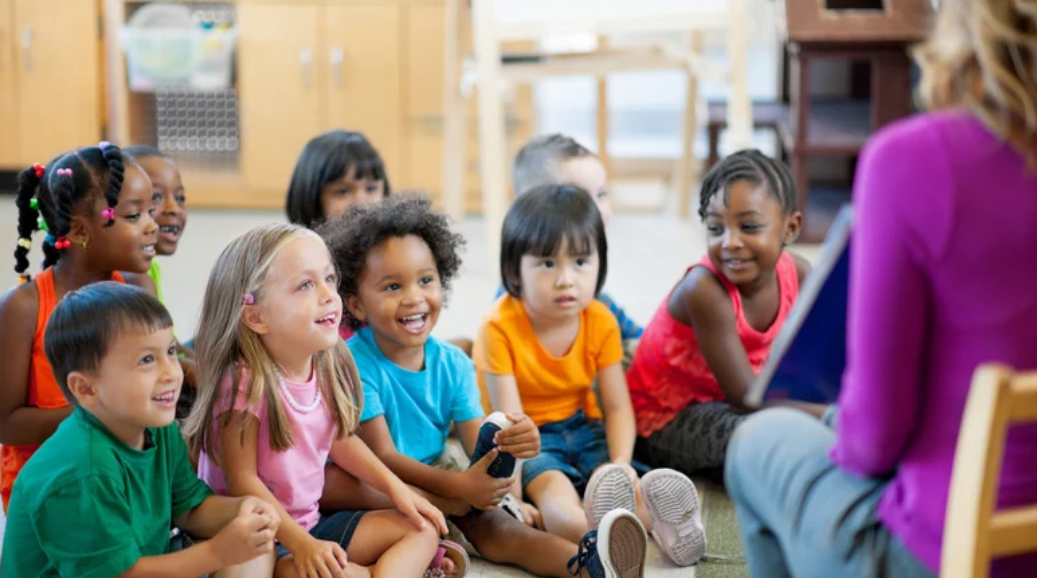
Master Classroom Management: Effective Communication with Proven Strategies for Primary Teachers

Use this link to watch the YOUTUBE version of this post.
Welcome to our summer series of Classroom Management by Design for the Primary Teachers. Each week we will give you a new piece to the classroom management puzzle to have in place when you head back to school this fall. Think of it as a Lego kit just waiting to be built.
Classroom Management by Design for Primary Teachers - Week 6:
Mastering Classroom Management: Effective Communication with Proven Strategies for Primary Teachers
As a master teacher with 20 years of experience, I've come to understand that the tone of communication plays a crucial role in classroom management. Effective communication involves not only what we say but also how we say it. A teacher's tone can significantly influence the classroom atmosphere, student engagement, and overall learning experience. In this blog post, we'll dive deep into advanced techniques for clear and positive communication, the importance of tone, the nuances of active listening, and practical activities to enhance your communication skills. These strategies will help primary teachers achieve a higher level of classroom management success.

Phase 1: Techniques for Clear and Positive Communication
The Power of Tone in Communication
The tone of your voice conveys emotions and attitudes, often more powerfully than words themselves. A supportive and positive tone can foster a safe and encouraging learning environment, while a harsh or dismissive tone can create anxiety and resistance. Here are some advanced strategies to master the tone of your communication:
Warmth and Encouragement:
Use a warm and encouraging tone to make students feel valued and supported.
- Example: "I believe in your ability to solve this problem. Let's work through it together."
Calm and Steady:
Maintain a calm and steady tone, especially in stressful situations, to model composure and control.
- Example: "I see that we're having some difficulty understanding this concept. Let's take a step back and try again."
Assertive but Kind:
Be assertive when necessary, but ensure your tone remains kind and respectful.
- Example: "I need everyone to pay attention now so we can move forward with our lesson."
Expressing Enthusiasm:
Show enthusiasm in your tone to engage and motivate students.
- Example: "I’m so excited about the project we’re starting today! It’s going to be a lot of fun and very interesting."

Techniques for Clear Communication
Clear communication is essential for setting expectations and providing instructions that students can easily understand. Here are some advanced techniques to enhance clarity:
Consistency in Language:
Use consistent terminology for routines and procedures to minimize confusion.
- Example: Always use the term “silent reading time” rather than switching between “reading period” and “quiet reading.”
Layering Instructions:
Break down complex instructions into manageable steps and present them in sequence.
- Example: "First, take out your math books. Next, turn to page 45. Finally, start working on the problems in the first section."
Visual Reinforcement:
Support verbal instructions with visual aids to enhance understanding.
- Example: Use a visual schedule on the board to outline the day’s activities.
Clarification Checks:
Regularly check for understanding by asking students to repeat or paraphrase instructions.
- Example: "Can someone explain in their own words what we need to do next?"

Positive Communication Strategies
Positive communication helps build a supportive classroom environment where students feel safe and motivated. Here are deeper strategies to enhance positivity in your interactions:
Empathetic Responses:
Show empathy through your tone and choice of words to validate students’ feelings.
- Example: "I understand that you're frustrated with this assignment. Let's see how we can tackle it together."
Celebrating Small Wins:
Use a celebratory tone to acknowledge and reinforce small achievements.
- Example: "Fantastic! You did a great job finishing that problem."
Inclusive Language:
Use inclusive and respectful language to ensure all students feel valued.
- Example: Instead of "you guys," use "everyone" or "class."
Nonverbal Communication:
Align your nonverbal cues with your verbal messages to reinforce positivity.
- Example: Smile, maintain an open posture, and use gestures that show attentiveness.

Phase 2: Implementing Active Listening
The Subtleties of Active Listening
Active listening goes beyond hearing words; it involves understanding the underlying message and emotions. Here are advanced techniques to enhance active listening in your classroom:
Mirroring Emotions:
Mirror the student's emotions and language to show understanding and empathy.
- Example: If a student says, "I'm really upset about this grade," respond with, "I can see you're upset. Let's discuss what happened."
Summarizing:
Periodically summarize what the student has said to confirm understanding and show attentiveness.
- Example: "So, what you're saying is that you're finding this part of the project challenging because..."
Encouraging Elaborations:
Prompt students to elaborate on their thoughts and feelings.
- Example: "Can you tell me more about why you felt that way?"

Techniques for Active Listening
Avoiding Premature Judgments:
Listen without forming judgments or solutions until the student has finished speaking.
- Example: Let the student fully express themselves before offering advice or feedback.
Validating Feelings:
Acknowledge the student's feelings as valid, even if you don’t agree with their perspective.
- Example: "I understand that you're upset about the homework. Let's find a way to make it more manageable."
Nonverbal Feedback
Use nods, smiles, and appropriate facial expressions to show you’re engaged.
- Example: Nodding while maintaining eye contact to show you’re following along.

Phase 3: Activity: Practice Communication Scenarios
Enhancing Communication Skills Through Practice
Practicing communication scenarios can help teachers refine their skills and prepare for real-life classroom interactions. Here are some activities to help you practice and improve your communication techniques:
Advanced Role-Playing Scenarios:
Engage in role-playing scenarios that cover a range of communication challenges.
- Example: Role-play a situation where a student is upset due to a conflict with a peer and practice mediating the conversation effectively.
Peer Feedback Sessions:
Conduct feedback sessions where you and a colleague observe each other’s interactions and provide constructive feedback. The key to this one is being coachable. You must know that your colleague is coming from a place of support rather than criticism.
- Example: After observing a lesson, discuss specific instances of communication and how they could be improved.
Reflective Listening Exercises:
Practice reflective listening where you paraphrase and reflect back what the student has said.
- Example: “It sounds like you’re saying you feel overwhelmed with the amount of homework. Is that right?”
Communication Journals:
Maintain a journal where you document challenging communication experiences and reflect on what you learned.
- Example: After a challenging interaction with a student, write about what went well and what could be improved.
Scenario-Based Workshops:
Participate in workshops that use real-life scenarios to practice effective communication strategies.
- Example: Attend a workshop on handling disruptive behaviors through positive communication techniques.

Example Communication Scenarios
Scenario 1: Addressing Anxiety
- A student expresses anxiety about an upcoming test. Practice how to address their concerns empathetically and constructively.
- Example Response: “I understand that tests can be stressful. Let’s talk about how you can prepare and what strategies we can use to make you feel more confident.”
Scenario 2: Encouraging Diverse Opinions
- A student feels their opinion isn’t valued during group discussions. Practice how to encourage inclusivity and validate their contributions.
- Example Response: “Your perspective is important. Can you share more about your idea? I think it would add a lot to our discussion.”
Scenario 3: Navigating Conflicts
- Two students have a disagreement during a group activity. Practice mediating the conflict through active listening and positive communication.
- Example Response: “Let’s hear from both of you about what happened. How can we work together to resolve this issue so everyone feels heard?”

Conclusion:
Mastering effective communication is essential for achieving classroom management success. By using advanced techniques for clear and positive communication, practicing active listening, and engaging in communication scenarios, primary teachers can create a supportive and engaging classroom environment. These strategies not only enhance student-teacher relationships but also promote a culture of respect, understanding, and collaboration.
Effective communication is not just about speaking clearly; it’s about listening actively, responding thoughtfully, and creating an inclusive environment where every student feels valued. By incorporating these deeper strategies into your daily practice, you can transform your classroom into a cohesive, dynamic community where learning thrives.
Embrace these techniques, practice regularly, and watch as your classroom management skills reach new heights. With a focus on effective communication, you can create a thriving educational environment that supports every student’s growth and success.
